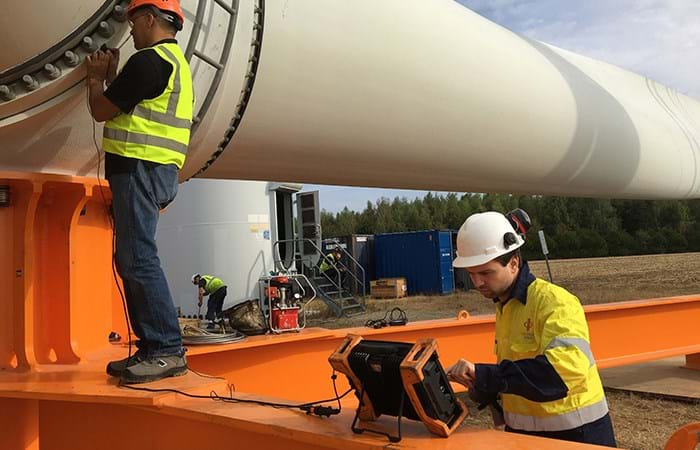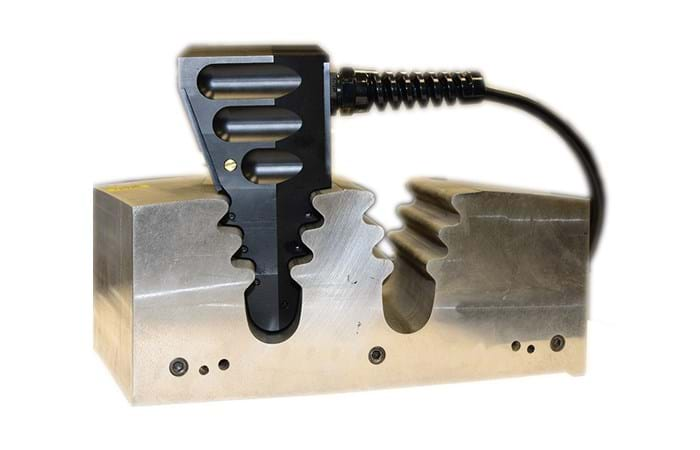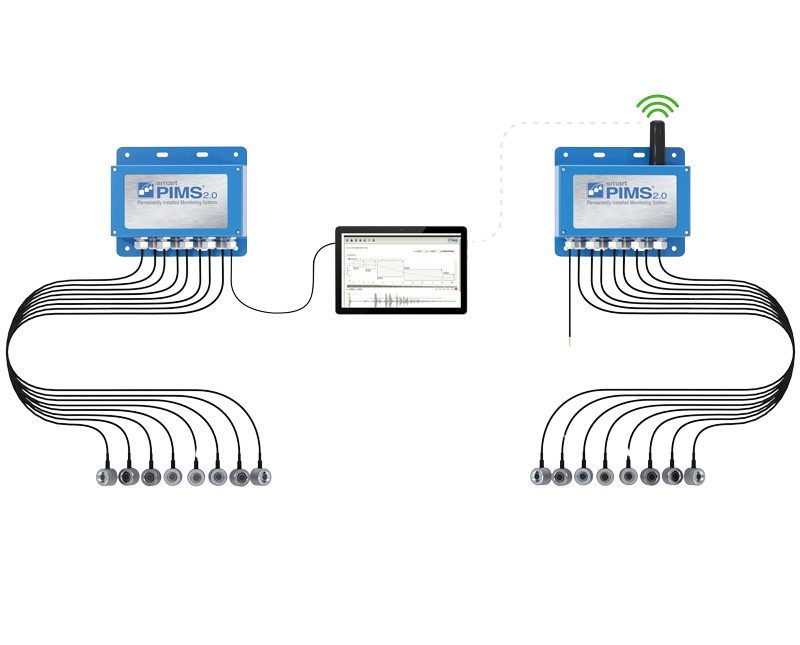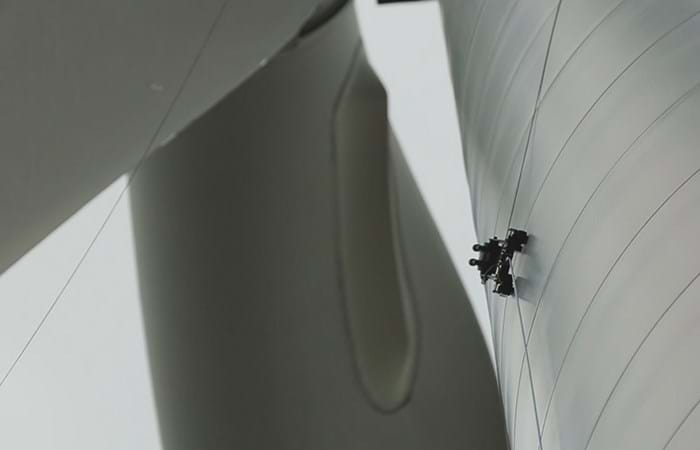Common in the power generation and nuclear sectors, rotating equipment like generators and turbines are typically mission critical components that require routine structural integrity assessments to determine fitness-for-service and take any preventative maintenance actions required. Gas and steam turbines found in the fossil fuel power stations and nuclear plants are usually large, complex and costly to shut down, but safety and life extension programs require that they be inspected regularly.
Details
Common in the power generation and nuclear sectors, rotating equipment like generators and turbines are typically mission critical components that require routine structural integrity assessments to determine fitness-for-service and take any preventative maintenance actions required. Gas and steam turbines found in the fossil fuel power stations and nuclear plants are usually large, complex and costly to shut down, but safety and life extension programs require that they be inspected regularly.
Different non-destructive testing (NDT) methods may be deployed for turbine inspection applications, with your specific data collection requirements helping dictate the optimal choice.

Gas and Steam Turbines
Phased Array Ultrasonic Testing (PAUT) of industrial components like turbines is an ideal technique for inspections previously done by conventional Ultrasonic Testing (UT). This is especially relevant for applications where complicated geometry resulting in multiple probe positions and numerous variations in incident angles is involved. The M2M Gekko® is a proven PAUT solution for blade rotor groove inspection, featuring 2D CAD overlays to make echo interpretation easy. PAUT with the Gekko is also highly effective for assessing cracking at the blade root area, usually a difficult spot to access.

Eddy Current Array (ECA) is a technology available to Eddyfi Reddy® users that provides real-time C-scans with an advanced portable surface ECA instrument and probes designed specifically for detecting and sizing cracks. ECA technology is used as an alternative to other surface inspection technologies and is often a supplement to UT or PAUT because these suffer from what is often referred to as a “dead zone” near the surface, making it difficult for them to detect near-surface defects. Our ECA technology is the ideal solution for detecting and characterizing surface-breaking cracks. When it comes to turbine inspection, our ECA surface solutions perform fast and accurate assessment of the various components: dovetails, blades, generator slots, retaining rings, rotor bores and boreholes.

Typical applications for ECA probes include the inspection of gas turbine dovetails for minute cracking. Dovetails are especially prone to fatigue cracking and stress-corrosion cracking (SCC); when left unchecked, SCC can lead to catastrophic failure. Because dovetails vary greatly in geometry, they usually require a custom solution. To scan a wide inspection area, ECA technology uses multiplexing. The profiled shape of the probe makes it stable and easy to handle, reducing the need for costly robotic solutions.

Wind Turbines
Both land-based and offshore wind farms require the inspection of wind tower turbines. Like the ECA technology used for steam and gas turbines, it is also relevant for wind turbine assessment. The Eddyfi Sharck probe was designed for the inspection of carbon steel welds like those found on wind towers and enables quick examination of surface-breaking cracks without any prior surface preparation. Similarly, Alternating Current Field Measurement (ACFM) is an electromagnetic inspection technique that detects and sizes surface cracks in metals through coatings, providing immediate results when inspecting underwater structural welds like those on offshore wind turbines. For T-joints found in offshore windmill construction, the Gekko is a proven inspection solution that takes advantage of Total Focusing Method (TFM) for detailed analysis.


Installed sensors provide a reliable solution for monitoring hard-to-reach critical rotating metal or composite components, detecting defects or crack propagation, including shafts, critical blades, barrel nuts, and monitoring splash-zone corrosion.
Learn moreThese advanced NDT solutions are great for manned inspection but that is not always feasible. Eddyfi Technologies offers inspection crawlers like the Inuktun MaggHD™ for Remote Visual Inspection (RVI) in confined spaces or at elevated heights. The MaggHD is a reliable and easy solution for onshore and offshore wind companies. Traditionally, there has been three ways to inspect turbines:
- Rope access. It’s exactly as it sounds. Specialized personnel inspect wind turbines and blades hoisted by a harness and rope system.
- Drones. A qualified pilot uses a UAV to inspect the tower and blades, subject to wind, weather and visibility.
- Telescopic photography (or ground-based, powerful zoom cameras). A safer solution requiring a trained photographer, further calculations are necessary to identify locations of defects found during assessment.
-02-01-01.jpg?preset=details-img-fb)
Eddyfi Technologies introduces the MaggHD as a fourth option. Its small size and maneuverability combined with a high-quality camera make it an optimal choice for wind turbine and blade inspection. Even inexperienced operators can quickly and effectively deploy the magnetic crawler on an ad hoc or scheduled basis. Weather is no longer a factor for inspections and human risk is mitigated significantly. Our robotic solutions allow Eddyfi Technologies’ NDT sensor integration to provide the most detailed turbine inspections.









